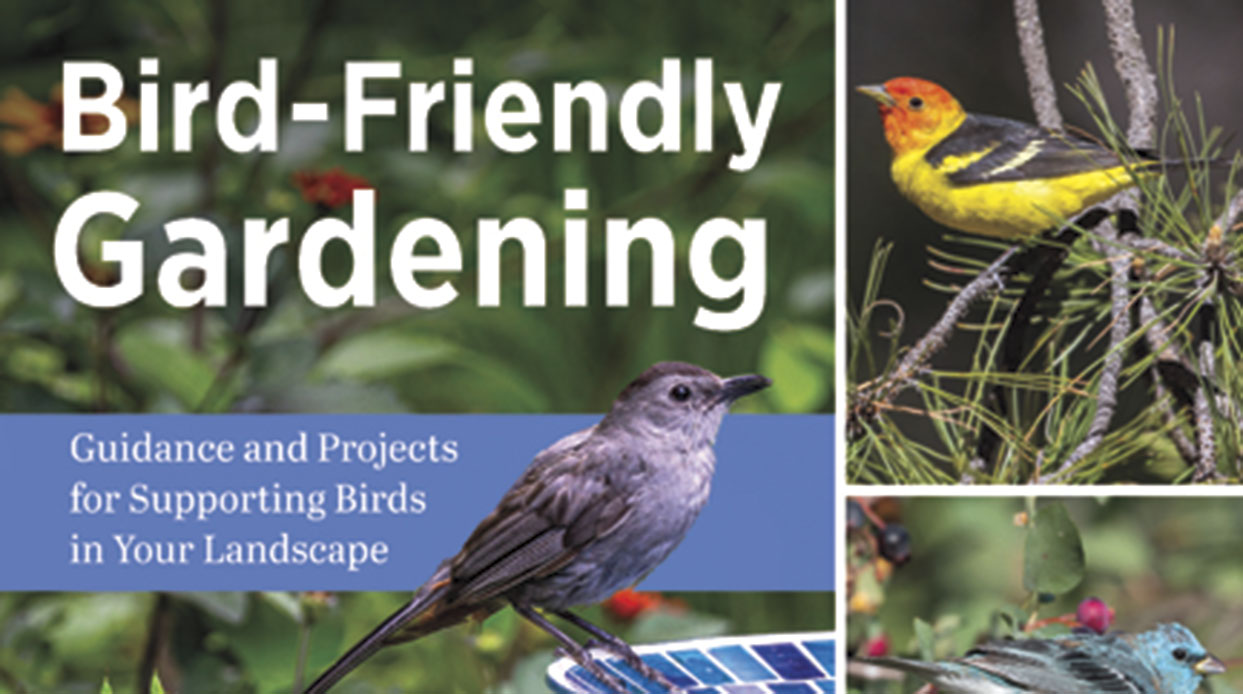Discover Cattle Track Arts Compound, Scottsdale’s Hidden Secret
With a long history of innovation at its core, this renowned community is home to artists of many talents.
By Rebecca L. Rhoades | Photography by Carl Schultz
Renowned painter Philip C. Curtis once said of Arizona’s vast, unspoiled desert, “This part of the world is a long way from the struggle of everyday living in the city. That’s one of the reasons why I came out here in the beginning.”
Similar words could be said about the artist’s longtime home. It was here, about two-and-a-half-miles north of Old Town Scottsdale, on a dusty plot of land, that the founder of the Phoenix Art Center, which would eventually go on to become the Phoenix Art Museum, spent the latter half of his life. Working out of his small house, which was converted from stables by the property’s owners, Curtis drew inspiration from the native terrain for his surrealist works. Now surrounded by million-dollar homes, the still-rustic 11-acre premises, known today as Cattle Track Arts Compound, remains a fulcrum of innovation and artistic expression more than 80 years after it was first established.

Reminders of artists who worked on the property can be seen throughout the grounds. This Chevy van belonged to sculptor Ron Hagerty, who transformed it into a mobile home and rolling workshop.
Storied Beginning
The compound’s story begins in the 1920s, when engineer George Ellis came to Arizona to work for the U.S. Coast and Geodetic Survey. At a company picnic, he met Rachael Murdock, a schoolteacher and horsewoman whose father, John, would go on to become a U.S. Representative for the state for 16 years. By 1937, the couple were living together in Scottsdale—teachers at the time were not allowed to be married, although the two did wed years later—but Rachael’s pet greyhounds were exasperating the neighbors, including a preacher who spoke out about the evils of “gambling dogs.”

Above Rachael Ellis was a schoolteacher, costume designer, fabric artist and lover of greyhounds. She would walk her prized canines along the dirt drive that today is Cattletrack Road. Pinnacle Peak is seen in the background. Right In 1937, George Ellis purchased a 10-acre plot of undeveloped desert in Scottsdale. Now listed on the National Registry of Historic Places, the land is a haven for artists.

To get away from town, George purchased a strip of undeveloped desert adjacent to the Arizona Canal, on which he built a one-room house out of redwood staves salvaged from an abandoned water pipeline. The area had earned the moniker “cattletrack” from the cowboys who would drive their cattle along the canal to auction houses and feedlots. In 2010, the street that fronts the land was officially named Cattletrack Road to preserve its rich Western heritage.
As the couple’s family grew in the 1940s, so did the homestead’s buildings. George expanded the house, enclosing a porch to make a bedroom and adding an expansive kitchen to the front of the dwelling. During World War II, a bunkhouse on the north side of the home housed pilots who were training at Thunderbird Field. The space was later converted into bedrooms, complete with a large sleeping porch, and connected to the rest of the residence by a screened breezeway. “My father had a great sense of design and architecture,” the couple’s daughter, Janie Ellis, notes. “The house was placed between Camelback and Mummy mountains on purpose. There are gentle winds that blow between the two mountains.” Janie, a former ballerina and choreographer, is now the driving force behind the arts compound, overseeing its preservation and serving as its historian.

Janie Ellis, owner and conservator of the Cattle Track Arts Compound, lives in the home that her parents, George and Rachael, built out of redwood staves that were salvaged from a water pipeline. The main volume was the original one-room house. The ceiling still displays the strap marks from the bands that held the pipeline together.
In order to support his family, George designed and built adobe homes. His work caught the attention of Frank Lloyd Wright, for whom he built the Rose Pauson House in the 1940s. In 1949, George constructed the stairway at Paolo Soleri’s famed Dome House in Carefree and, in 1959, he designed and built an adobe dwelling for a pair of young lawyers, John and Sandra Day O’Connor. The future Supreme Court Justice would become a lifelong friend of the Ellis family and a frequent guest at the compound.


Above The original one-room house was tiny and rustic. As the Ellis family grew, George added on to the structure. Right “My mother would pedal the three of us all over the desert,” says Janie, seen here with her brothers David and Michael. “This photo tickles me because she’s wearing a skirt while carrying all three of us on the bike.”
“I refer to George’s work as the original green building—from a time when green was just a color,” says Phoenix Home & Garden award-winning architect Brent Kendle. “Everybody talks about sustainability these days, but his adobe bricks were made on-site, and all the redwood and cedar that he used was salvaged.” Kendle’s offices are housed in one of George’s adobe structures, which had originally been built up the street from the compound in 1942. When the house faced a threat of demolition, Janie had it relocated onto her property. “It was literally cut in half. I like to show people the marks on the ceiling from where it was separated,” Kendle notes. “It’s pretty remarkable that none of the adobe cracked during the move.”

“When Scottsdale was incorporated in the 1950s, ours was one of the only houses north of town.”
— Janie Ellis
Additions to the original farmstead house maintained the same simple architecture, including redwood siding and a low roof. Just beyond the windows, an open breezeway leads to the bedroom wing.
Brent Bond, an artist, printer and fine art publisher who works at Cattle Track, comments, “Brent Kendle’s office is a perfect example of Ellis architecture. It’s such a beautiful design. When it was going to be torn down, Janie stepped in and said, ‘No, my dad and brother built that.’” A few years later, Janie would tackle the relocation of the O’Connors’ home from Paradise Valley to Papago Park.
Over the years, George’s skills became known to local and national inventors and innovators. “My dad could make anything,” Janie remarks. “People would come to him to create things for them, and artists knew they could count on the brains and materials here to make whatever they needed.” The family constructed carnival fun slides as well as the first medical stretchers for the Maricopa County burn unit. Fabric artist and designer Bill Moss invented his now-famous nylon “Pop Tent,” a lightweight, easy-to-assemble dome-shaped shelter that revolutionized the outdoor industry, on the property in 1955. Janie’s brother David crafted the fiberglass body of the Brawner Hawk that Mario Andretti drove to an Indy 500 victory in 1969. “We always had several cars on the track at Indy every year,” Janie says. “We made two pace cars. One is in the Smithsonian Institution; the other is in my bathroom.”
Meanwhile Rachael, who continued to teach school, had also established herself as a costume designer and fiber artist. To give her a place in which to work, George built his wife a costume shop, where she sewed clothes for her family and designed outfits for theater productions, as well as for her daughter. Janie would leave Arizona at age 16 to study in New York City for 10 years with famed choreographer George Balanchine.

The Ellis family used to build fiberglass Indy cars. Janie keeps the body of this pace car—one of two made; its match is in the Smithsonian Institution—in her bathroom. “It was in the shop, but I was afraid that someone was going to steal it. So I brought it in,” she remarks.
An Artist Colony
“Cattle Track has always attracted interesting people,” Janie says. In addition to Curtis, the compound has played host to such luminaries as painter Fritz Scholder, who lived just across the street; sculptor Ron Hagerty, who wintered on the grounds for more than 30 years; and photographer Jay Dusard, whose work celebrates the American cowboy. Sculptor Louise Nevelson, celebrity caricaturist and Walt Disney actor Don Barkley, poet Patricia Benton, photographer Pedro Guerrero and world champion trick rider Dick Griffith were frequent guests of the Ellis’s. Many who came stayed, helping turn the homestead into a respected haven for a variety of creatives. In 1996, the property was officially designated as an arts complex by the City of Scottsdale.


Janie poses next to a fantastical player piano that she and her mother designed. “Janie is a great builder. She can make anything,” says McDowell. Featuring handpainted drum heads by Philip C. Curtis and a stained glass triptych and metal accents by Hagerty, the instrument now resides in the guesthouse.
Today, there are between 20 and 30 artists who live, work and exhibit on the campus. “We have photographers, printers, painters, ceramists, magicians, fiber artists, architects and, until recently, a blacksmith,” Bond remarks. “You don’t find many places that have that many trades and crafts represented in one place.”
Janie adds, “We try to keep an uneven group. We don’t want all photographers or all painters.”
Artist Mark McDowell has been a fixture at Cattle Track for more than 40 years. “I first discovered it when a museum that I worked at in the 1970s sent me here to purchase a Philip Curtis painting,” he recalls. “He and I built a nice relationship.” In 1994, McDowell built a small cabin in the center of the property, right next door to Curtis’s old place.
There are now 11 buildings on the grounds, including the original Ellis House; Kendle’s office; the pool house, which once held a swimming pool but has since been converted into offices; and Curtis’s home. Additional structures on the homestead are studios, a gallery and performance space, an adobe guesthouse and artists’ personal dwellings.

For the past two and a half years, fiber artist Chance Phillips has been creating her colorful felted wool spheres and figures in a small studio on the premises. “It’s more than just a space,” she says. “All of the artists here are really protective of the property. We want it to continue.”
“The whole place is what I like to consider ‘Old Arizona.’ It has a history that no other artist community has,” says photographer Scott Baxter, who lived and worked on the compound for about four and a half years. The once barren desert is now a verdant oasis brimming with palo verde, thanks to George and Rachael, who planted and transplanted hundreds of the trees. Sculptures by Hagerty and other artists dot the landscape. Rachael’s wall hangings, created from fabric scraps from her costume business, are displayed in the guest house. Curtis’s ’70s-era orange 1972 Ford LTD can still be found on the grounds. Bobcats, snakes, coyotes and rabbits are common visitors. “This place is a bit surreal. It’s its own little world in a way,” says painter Timothy Chapman, who acquired studio space at the compound about two years ago.
Nurturing Creativity
“Having an influx of new people coming in spurs everyone on and offers new inspiration,” Janie notes. Due to the compound’s unique location and the cachet that comes with being a Cattle Track artist, studio space is difficult to come by; residences are even more rare. “When people come here, they end up staying until they die. I definitely plan to,” McDowell remarks.
While there is no formal application process, artisans who wish to work or live on the property are carefully chosen by Janie and the other members. Criteria are simple: “What I always say is ‘energy, talent and no lazy sons of bitches,’” she adds. McDowell explains, “We are all about the creative enterprise. People who come out here do so to work. You need to bring your strength, your creativity and your aptitude.”
Baxter agrees. “It’s a very conducive place to be an artist. It’s challenging because you’re living among talented people, and that pushes you to continue to work and create new things,” he says. “But at the same time, it’s a very safe place. You always feel supported.
“There’s also an air of legitimacy to it that helps you and gives you credence,” he continues. “And it’s run by a phenomenal woman who will just not give up or take no for an answer.”
For Janie, Cattle Track offers a cooperative environment and a community in which artists, craftspersons and students can work, and she hopes that it will remain a preserved piece of Arizona history that continues to foster creative ingenuity for many years to come. In 1999, the property was named to the National Register of Historic Places, adding to the site’s prestige and protecting the world that George and Rachael built more than 80 years ago.
“There’s something that draws folks to this area,” she comments. “I don’t know if it’s the breeze or something else. I like to think that a lot of it has to do with my parents.”

The 12-foot-tall sculpture by Ron Boise that greets guests at Cattle Track Arts Compound once adorned the rooftop of a brewery in San Francisco. The owner, Fritz Maytag, who grew up across the street from the Ellis residence, donated the piece to Janie.





